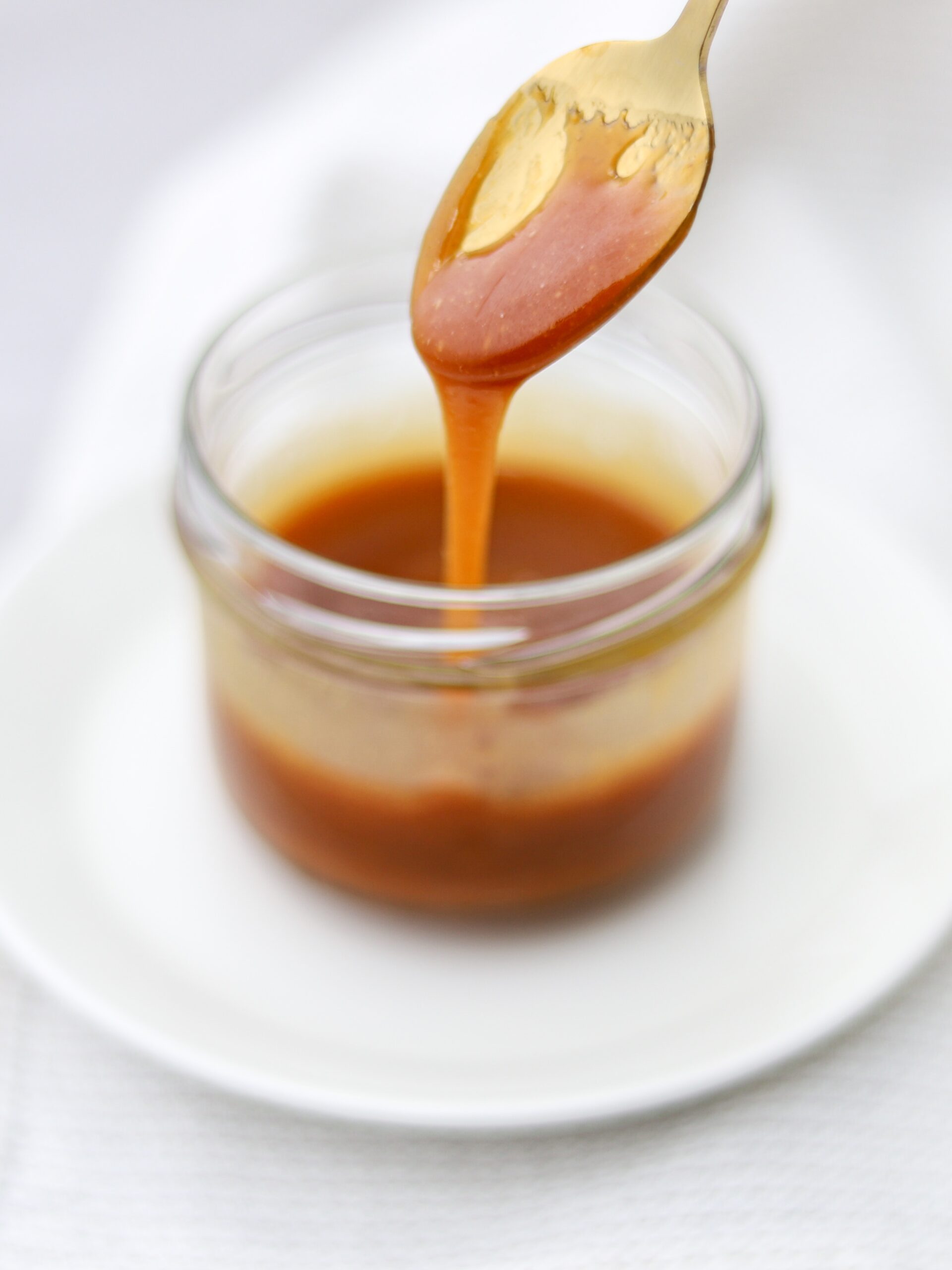Reduction is everything to the chef. A typical restaurant sauce might be reduced 4 or 5 times before it’s done, but why? Put really simply, evaporating excess water means the concentration of the other compounds (taste molecules and aroma compounds) will be higher relative to what water is left, leading to the most flavour extraction.
To break down the magic of reduction, I’ve given a basic template of a sauce that involves several reductions, and we’ll break down what is happening at every stage.
- Sweat aromats in fat. Ingredients like onion and celery are called aromats for a reason; they contain hundreds of aromatic compounds, and we want them all for our sauce. The process of releasing these compounds into the pan is simple; cook them! The purpose of fat is to create an even surface to cook the ingredients on, but also because a lot of aromatic compounds are only soluble in fat.
- Add acid, reduce. Acidity is usually the first liquid into the pan when the aromats are sufficiently cooked, because you generally want to reduce it all the way until the pan is nearly dry again to extract the most flavour. Vinegars are great, but wine is more complex; when the water is evaporated out of the wine, you are left with a multitude of aromas, sweetness from any residual sugar, as well as tartness from the acids. But be careful not to reduce red wine too heavily, as the tannins can become unbearably bitter; one way around this is to cook it down with protein-rich ingredients like meat, as the tannins will bind to the protein instead of your tongue.
- Add stock, reduce. There’s a cheeky reduction within the reduction here, as I reduced the stock by half after making it. This is standard practice at a fine-dining level, but it will obviously double the amount you spend making stock. The main compounds we’re after with these reductions are the umami compounds like glutamate and inosinate, as well as any sugars released in the Maillard reaction if using brown stock. Stock is all about umami, so a veg stock without something like mushrooms or tomatoes will be severely lacking in body and flavour.
- Add cream, reduce. This final reduction is for texture more than taste and aroma. The fat globules in the cream coat the tongue, extending the perception of taste. Dairy also has its own unique flavour compounds, offered up by the lactose sugar, so a measured addition of cream or butter can help the depth of flavour in the sauce.
And you’re done! Obviously this isn’t a recipe, and I imagine it’s a formula a lot of you are already familiar with, but hopefully knowing the why of reduction will lead to better results, or it least give you something different to think about as you stare deeply into your simmering sauces.
If this was interesting to you, consider joining the newsletter below and following along on Instagram @tastingnotesblog.
Thank you so much for your time and have a great day!
